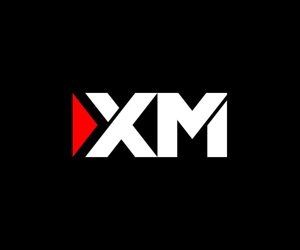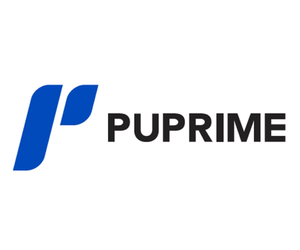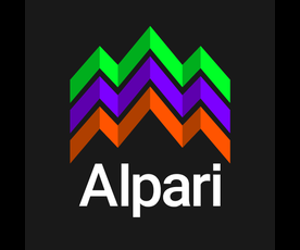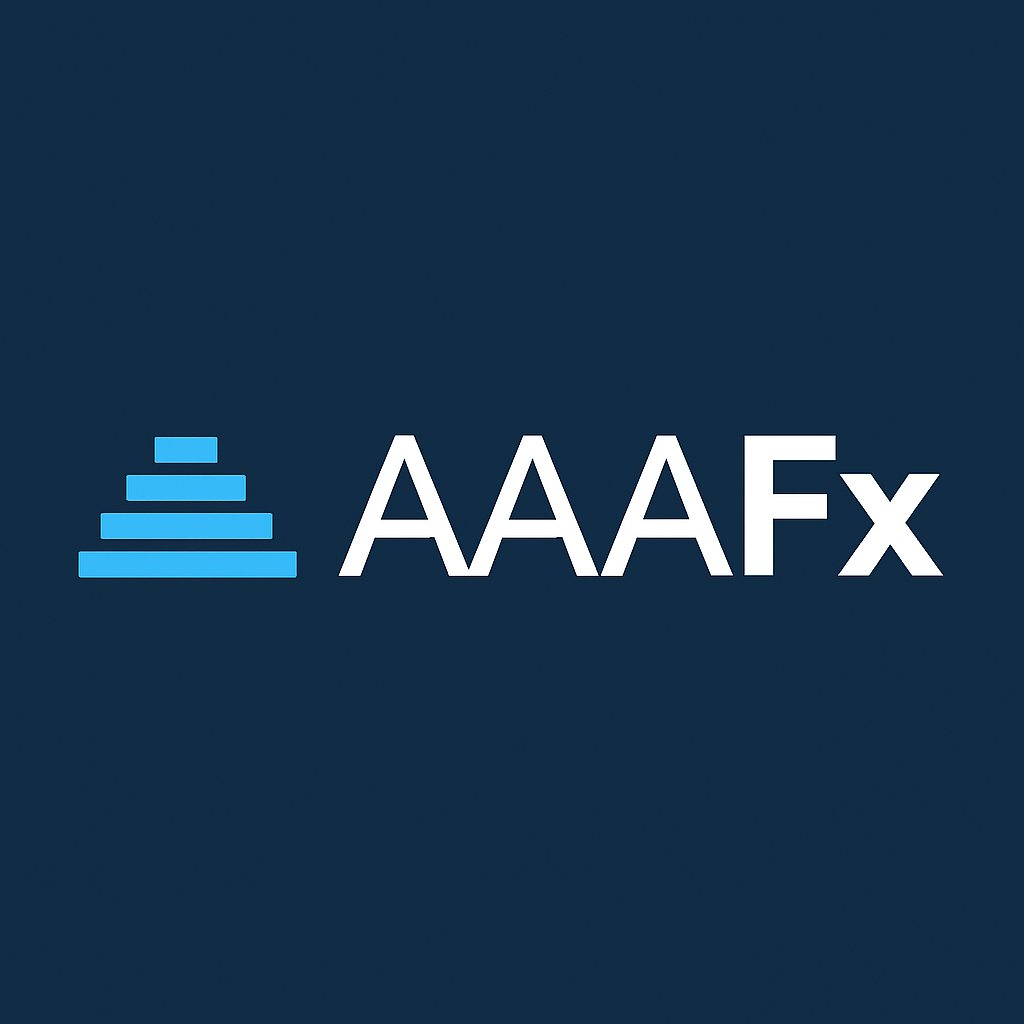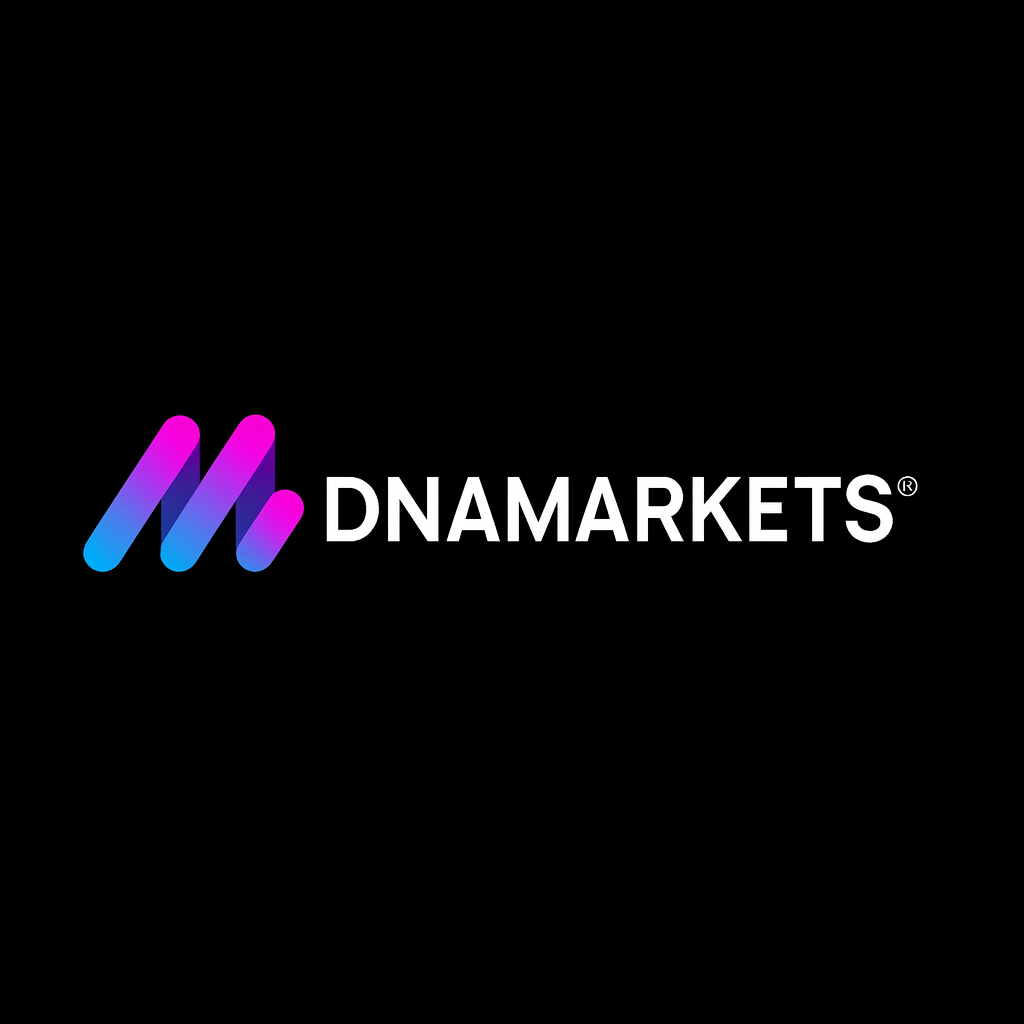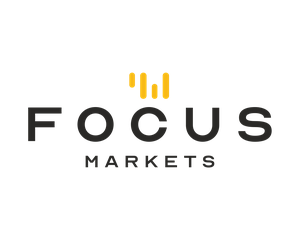Olymp Trade sits near the top of app-store charts in many countries and markets itself as a simple way to trade forex, fixed-time contracts, and CFDs. Its footprint is large. Its promises are bold. But for new investors, the key question is simple: how safe is it to deposit money and trade here? Based on our methodology, which prioritizes hard regulation and verified execution data, Olymp Trade falls into the Red Flag band.
This review explains why. We identify the actual operating entities and the licenses they rely on. We check those claims against public registries. We then weigh client complaints and open-source data against what the broker advertises. The goal is clarity: you should understand the trade-offs before you risk capital.
Regulation & Safety
Corporate entities and where they are licensed
Olymp Trade operates through Aollikus Limited (Vanuatu) and Saledo Global LLC (St. Vincent & the Grenadines, “SVG”). Olymp Trade’s own Service Agreement names Aollikus Limited, company number 40131, and notes that Saledo Global LLC serves clients trading “digital assets” and accounts nominated in digital assets.
Vanuatu’s Vanuatu Financial Services Commission (VFSC) issues Financial Dealer Licenses (FDL). Aollikus Limited appears on a published list of VFSC-licensed financial dealers (last update August 2025). The VFSC is the government agency in charge of investment business in Vanuatu.
By contrast, SVG’s Financial Services Authority (FSA) does not regulate or license forex or CFD brokers. The authority has repeatedly stated it does not issue licenses for forex brokerage; companies must instead obtain authorization where their clients are located.
Regulatory tiering (our framework)
- Vanuatu (VFSC): Tier 3 under our methodology. VFSC does license activity and maintains AML/CTF oversight. However, it does not impose EU-style retail product controls such as standardized leverage caps or audited best-execution reports. Oversight is lighter than Tier 1 regimes (e.g., FCA, ASIC).
- SVG (FSA): Tier 3. SVG does not license or supervise retail FX/CFD dealing. It is primarily a company registry for these businesses.
What protections apply in practice
- Segregation of client money: VFSC rules require licensed dealers to follow prudential standards, but the specifics are less prescriptive than Tier 1 rulebooks. Public filings do not show detailed segregation audits for Aollikus Limited. (VFSC outlines the framework; the broker does not publish audited client-money attestations.)
- Leverage limits & margin protections: There is no public VFSC rule that caps retail leverage at low levels (e.g., 30:1) or mandates EU-style margin close-out. Protections therefore depend largely on firm policy.
- Negative balance protection: Olymp Trade markets “deposit insurance” and membership in the Financial Commission (FinaCom) with compensation up to €20,000 per client for disputes. But FinaCom is a private dispute body, not a government regulator. Its coverage is not the same as statutory client-money protection.
Bottom line on safety: Olymp Trade’s main license is offshore (Vanuatu), and its auxiliary SVG registration offers no regulatory supervision for brokerage activity. That places the broker in our Tier 3 regulatory bucket. For beginners, this means fewer enforceable safeguards than with brokers authorized by the FCA, ASIC, MAS, or similar Tier 1 authorities.
Trader Reputation & Market Presence
Regulatory actions and public warnings
Olymp Trade and related entities have appeared in public warning lists. The International Organization of Securities Commissions (IOSCO) I-SCAN aggregates national alerts; entries from Malaysia’s Securities Commission in 2024 flagged “Olymp Trade / Olymp Trade Malaysia” and related names. Such notices do not prove wrongdoing, but they do indicate the firm lacks authorization in those markets.
Client reviews: positives and recurring pain points
- Positives: Many users praise the clean interface and simple onboarding. Independent reviews note the platform is easy to learn.
- Negatives: A consistent theme is withdrawal delays, partial payouts, and verification disputes during cash-out. Trustpilot pages include recent posts on slow or incomplete withdrawals and unresponsive support. Third-party testing also reports delays versus advertised timelines. Anecdotal threads on social forums echo KYC-related withdrawal holds.
What the broker says vs. what users report
Olymp Trade markets fast withdrawals (often “within 24 hours”). Some users confirm smooth payouts; others cite waits measured in weeks and occasional fee surprises, especially on crypto rails recorded by watchdog blogs. As with all open-review data, individual posts can be unreliable, but the pattern matters: complaints about withdrawals and support responsiveness appear repeatedly across sources.
Execution transparency
We could not find audited execution statistics such as EU RTS-27/RTS-28 reports or a third-party Best Execution audit. The firm runs a proprietary platform and does not publish slippage or requote data verified by an external auditor. In our framework, a lack of verifiable execution data caps the execution score even if the platform feels fast day-to-day.
Market presence
The brand is widely recognized across emerging markets. Public profiles and independent trackers identify Saledo Global LLC as the owner of the brand. Olymp Trade’s legal pages confirm the link and explain which entity serves which accounts.
Strengths & Weaknesses
Where Olymp Trade is strong
- Simple platform: The interface is intuitive and designed for quick learning. That lowers the barrier for first-time traders.
- Low minimums and fast onboarding: New accounts are easy to open; small deposits are accepted. (Claimed by broker; verify in-app before funding.)
- FinaCom membership: Access to a private dispute resolution scheme with up to €20,000 compensation per claim. While not regulatory, it can help in specific disputes.
Where Olymp Trade falls short
- Offshore regulation: Primary oversight is VFSC (Vanuatu). This is not a Tier 1 regime and lacks many retail protections common in the UK/EU/Australia. SVG registration adds no supervisory value.
- Withdrawal frictions: Repeated independent complaints cite delays, verification holds, or unexpected fees, especially on certain payout methods.
- Limited execution disclosure: No audited reports on speed, slippage, or order handling; this caps our execution score.
- Jurisdictional warnings: Appearances in public warning lists suggest a pattern of operating without local authorization in some countries.
What this means for beginners
If you value hard regulation and statutory protections above all, this is not a first-choice broker. If you still plan to test the platform, consider using small balances, avoid over-leveraging, and verify withdrawal channels before you scale.
Overall Verdict
Using our methodology, Olymp Trade’s profile places it in the Red Flag (below 40) band. The decisive factor is regulation. A Vanuatu FDL is a license, but it sits in Tier 3 in our framework. The SVG entity is a company registration, not investment supervision. The lack of audited execution data and a trend of withdrawal complaints weigh further on the score.
Who might still consider it? Experienced traders who understand offshore risk and can tolerate lighter oversight may trial the platform with minimal funds. They should keep position sizes small and test withdrawals early. New investors seeking a long-term home for larger balances should compare Tier 1-regulated alternatives that publish execution data and offer statutory client protections.
Peer context: Brokers in our Gold band combine Tier 1 licenses with audited execution and a clean pattern on withdrawals. Silver brokers usually have at least one Tier 1 or Tier 2 license. Against that backdrop, Olymp Trade’s controls and disclosures are not yet competitive.
Expert Review Notes (Staff Insight)
- Support replies are fast in chat but scripted. Complex withdrawal queries often escalate to email and take longer to resolve. (Observation matches open-source complaints.)
- Disclosures explain the split between Vanuatu and SVG entities; however, risk warnings and execution details remain high-level. Newcomers may overestimate protections from FinaCom, which is not a regulator.
- Marketing emphasizes speed of withdrawals. Independent tests and posts show variable timelines, especially when KYC reviews trigger. Plan for settlement buffers.
- The brand has reach in Asia and MENA. But country-specific authorization is inconsistent, and national warnings appear in public lists.


